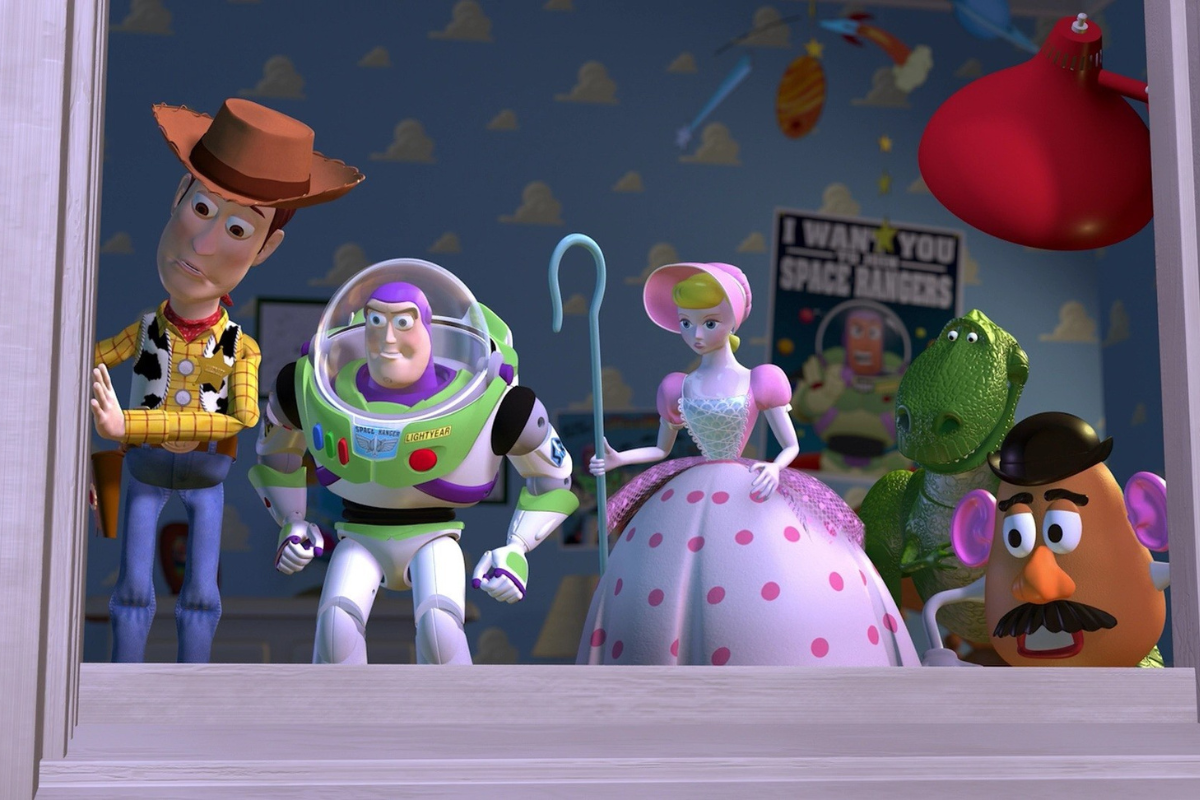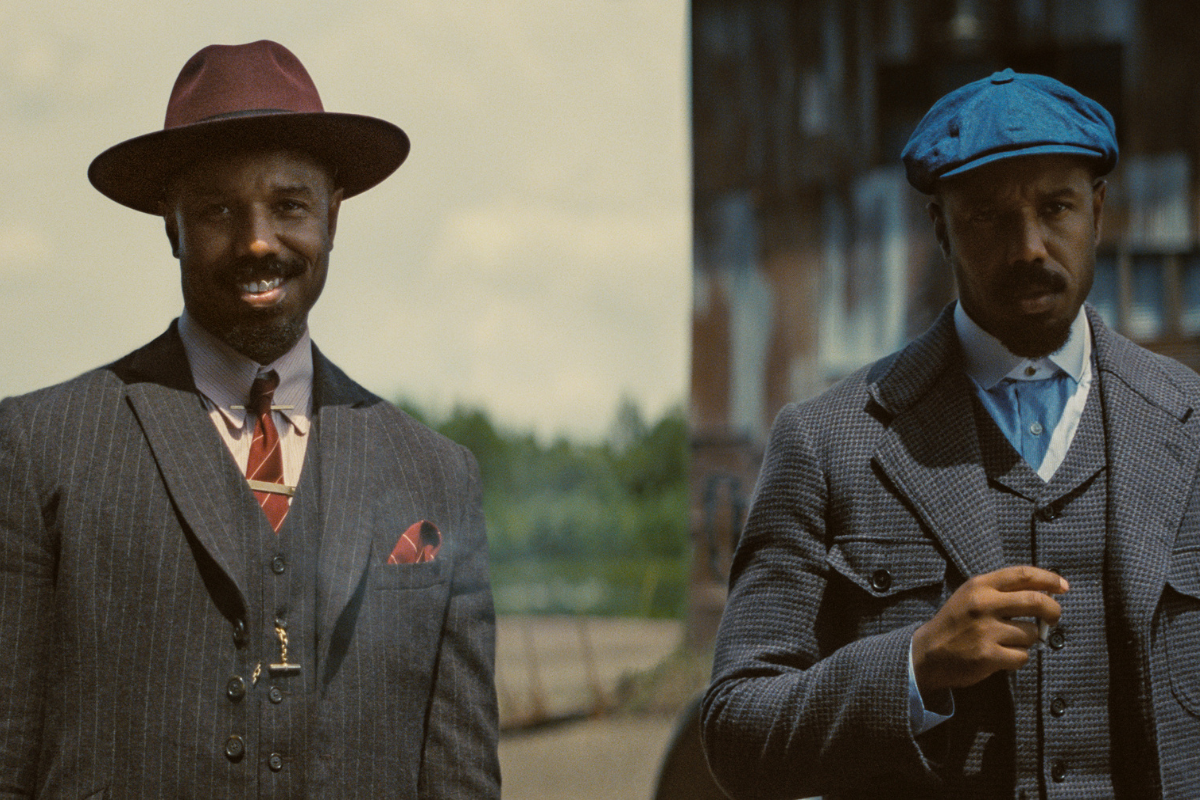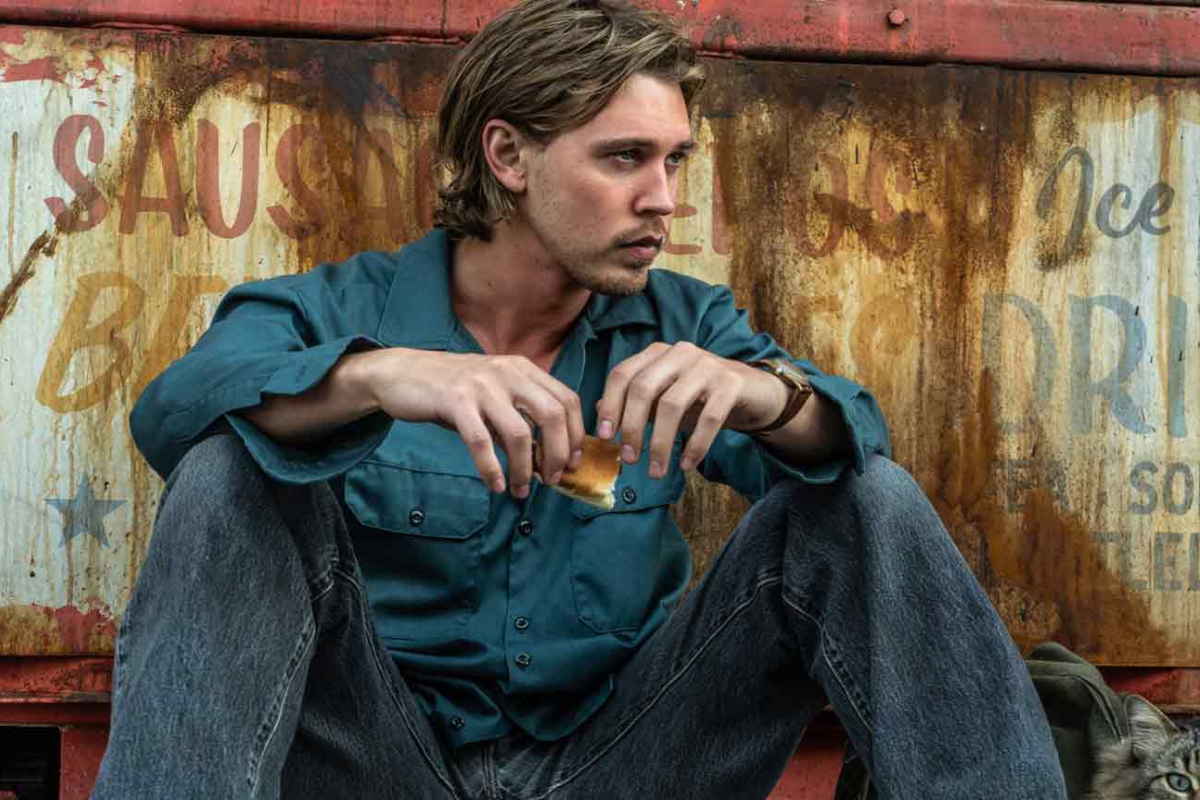INTERVIEW: Hung Over (Again) – Craig Mazin on Writing Sequels
When Warner Bros. 2009 smash-hit comedy, The Hangover, launched its much-anticipated sequel, Script talked with one of the writers, Craig Mazin. Instead of the bright lights of Las Vegas, the “Wolfpack” (and the film’s new writers) took their hijinks to Bangkok for a night to, or not to, remember.
Originally published in Script magazine May/June 2011
Isn’t a hangover your body’s way of reminding you that last night was a bad idea? If so, then why would anyone, after waking up feeling that awful, go out and get drunk again? Answer: Because it’s fun. Over $467 million worth of fun, if you’re measuring in box-office bucks. That’s how much The Hangover, the 2009 comedy about three friends who lose the fourth member of their bachelor party group the night before the wedding, grossed internationally.
The Hangover was a “next morning” success. It was the biggest R-rated comedy in recent years but few industry folks expected the film to perform as well as it did. It ranked in the top 10 of highest-grossing films of 2009 and broke DVD and Blu-ray sales to become the best-selling comedy of all time.
Fans bought T-shirts, baby clothes, and satchels; “Wolfpack” clubs cropped up across the country; and male bonding reached an all-time high. Two years later, the film’s Facebook page still lists over 11 million fans—and these fans want a sequel. They demand it. So, what did the filmmakers say to that challenge? They lifted their glasses and dove headfirst into another night of binge drinking with no fear of the headache they might have the next morning.
But there was quite a headache! It was “nerve-wracking,” says Craig Mazin, who was hired to co-write the The Hangover Part IIwith director Todd Phillips (The Hangover, Due Date, Old School, and Starsky & Hutch) and screenwriter Scot Armstrong (Semi-Pro, The Heartbreak Kid, Old School, and Starsky & Hutch).
“There’s a certain group of challenges you face when you write a sequel,” Mazin explains. Even saying the word makes him cringe a little. It seems like in Hollywood, “writing a sequel” is a bit like “doing a shot of Jägermeister.” You kinda want to, but you kinda don’t, and afterward it gives you that burning feeling between the eyes. Studios, on the other hand, love sequels. There’s no better way to convince an investor to back a multi-million-dollar movie than to hold up the DVD of the number-one best-selling comedy of all time. The Hangover Part II, anyone? Yes, please.
Writers, however, know what the assignment of a sequel means for them: a tough road ahead. People-pleasing ain’t easy. That’s why, Mazin says, the writing team declared one very important rule: Do the best job or no job at all.
“Nobody was going to [write this sequel] unless we really nailed it,” he explains. In the first Hangover, a group of delinquent friends led audiences on a journey they’d never forget. They drank liquor laced with roofies (by accident) and blacked out. In between, they found a baby. They stole Mike Tyson’s tiger. They got into tough-guy fights with martial-arts experts springing from the trunk of a car. And much, much more.
Mazin, Armstrong and Phillips certainly didn’t want to disappoint fans or, worse, leave audience members with a bad taste in their mouths that might damage the rep of the first film. “I’m a fan of the first movie,” Mazin says. “I’m an audience member of the first movie.”
The 40-year-old screenwriter from New York is no stranger to this kind of challenge. He’s good at writing sequels. In fact, he jokes, he feels like “all he does is write sequels.” He wrote Scary Movie 3 and Scary Movie 4 for director David Zucker of Airplane! and Naked Gun fame. But Mazin didn’t come to this place in his career with “Sequel Man” tattooed on his forehead. He came, like many coming to Hollywood, to follow a dream, and started with work as a file clerk. He learned the culture and moved up the ladder. He picked up screenwriting and honed his comedic storytelling skills. Fifteen years later, he’s at the table with words of wisdom to spout to his fellow sequel writers: “Don’t get paralyzed by fear.”
"Job number one is to put fear aside. You don’t have to do this incredible uphill climb, figuring out what the main characters are supposed to sound like."
Difficult advice to follow when creating a successful follow-up to a movie that’s been compared to such classics as Porky’s and Animal House—a high compliment among the raunchiest of funny guy films. “Job number one is to put fear aside,” Mazin insists. “You don’t have to do this incredible uphill climb, figuring out what the main characters are supposed to sound like.” Look at the benefits, he says. “You have preexisting characters with voices and a cast. It makes the story a lot easier to write.” The characters, played by Bradley Cooper, Ed Helms, Zach Galifianakis, and Justin Bartha, have already been developed. They are already loved. They are already fully embodied, no longer just dialogue on a white page. These are the advantages, Mazin says, to writing a movie that has a strong fanbase. “We knew going in who the leads were and what they sounded like, we knew the tone of the movie.”
These advantages weren’t all they had. They had a universal plot that almost everyone could relate to—being hungover. Even if you have never been drunk nor had a headache the next morning, you’ve most likely had a friend who has woken up the morning after, just a little confused. And this friend probably asked you about what did or didn’t happen the night before—and almost always, the tale led to a little, maybe a lot, of laughing. The concept is built into the title. And, what’s proof of human nature is that when one person gets drunk and does something outrageous, another person undoubtedly wants to hear about it.
Now the question becomes how do you get outrageous on the page? Do you bust out the beer and get hammered as you swap bender stories? “I get really stoned,” Mazin jokes. Actually, getting drunk is a lot easier than structuring a feature-length movie about four guys getting drunk, he admits.
Phillips, Armstrong and Mazin use notecards. Notecards? What kind of party is this? A very serious one, Mazin explains from his sober office in old town Pasadena. There’s a plush couch and a few movie posters. A tidy workspace with lots of printer paper. Everything is clean. There aren’t even any watermarks on the coffee table. Mazin is 100-percent business. He and his co-writers set out to crack this story like a shot glass between the teeth. So, they started with brainstorming.
They took out the notecards and jumped in with the big questions. “What exactly are the characters going to do, and how does this happen to them again? Should it happen to them again? Should they lose somebody, and where do they wake up?” Mazin says they asked themselves questions about the characters and the plot, and those were tough questions to answer. Those were the questions the audience wanted answered. So, there was only one thing they could do—go through every scenario until they found the most surprising, most satisfying, and most outrageously hilarious sequence of events all wrapped into one.
“I would start writing the cards and then Todd would get very upset with my handwriting and start rewriting the cards,” Mazin jokes. Each card was dedicated to a scene or a sequence that gave a short explanation of what might happen—a chase, a location, a piece of dialogue, whatever was necessary for getting the feel of the idea they wanted to capture.
Those brainstorming sessions produced lots and lots of notecards. The ideas were compiled into hundreds of pages of notes. Mazin then distilled those notes down into 10 to 12 pages of workable ideas. Sounds like just that daunting job could produce a headache without any booze. And they hadn’t even started writing yet.
How does Mazin keep everything straight? It’s very challenging, he confesses. It’s easy to get distracted. “Frankly, wondering what size index card you should use is sometimes more fun than actually writing,” he explains. It’s a constant fight to keep the story straight in your mind. Mazin says being able to do this is what separates those who work professionally in Hollywood from those who want to work professionally in Hollywood.
“If you’re gonna be a screenwriter,” he advises, “you have to be able to think of a movie in varying levels of resolution.” It’s a little bit like using Google maps, he clarifies. First, you see the Earth, then you zoom down to a continent, then a country, a state, and so on until you get to the street level. “You have to be able to see the movie as four sentences, as 10 index cards, as scene-by-scene, as moments within a scene, as moments within an exchange of dialogue.” If you can get a handle on that concept, you can avoid the rabbit hole, he says.
Then come the drafts. Draft after draft after draft until the script is finally finished. But when asked if a writer is ever really finished, Mazin emphatically replies, “No! Every day brings some kind of change.” He says this as he announces plans to fly to Bangkok for the filming.
Bangkok? That’s an interesting tidbit. They get drunk in Bangkok? What else happens? Mazin won’t answer. Maybe a shot of tequila will loosen him up? Sorry, his lips are sealed. He adds that he wouldn’t have mentioned Bangkok if it hadn’t already been widely reported. Apparently, filming in Southeast Asia wasn’t far enough away from The Hangover fans for the news to go unnoticed. The production location was leaked on the Internet, although the writers tried their best to keep every detail of the sequel hidden from the public.
“I hate the Internet,” Mazin groans. “You shouldn’t want to know anything. You should go to this movie like you’re a member of a sequestered jury.”
The mood from the studio was also been tight-lipped. The cameos remained unconfirmed, and the trailer was released simply showing the guys walking down the street in Bangkok with a monkey. Not much to go on, except for the fact that someone might have been drunk the night before. Who knows? Apparently, what happens in Bangkok stays in Bangkok. At least it did until the opening weekend of The Hangover Part II.







